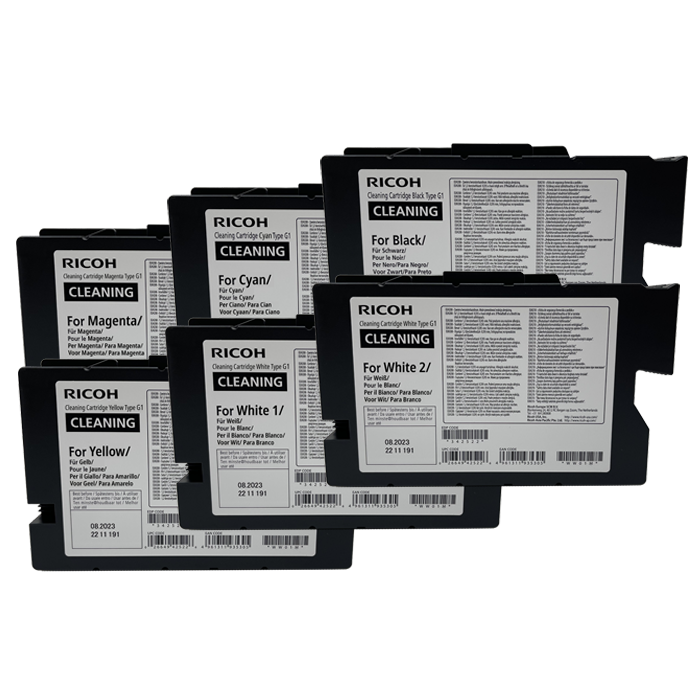
6 Essential Tips to Know Before Using your Ri 2000
Paul Boody
As part of our commitment to your success, we want to make sure your machine is operating at peak performance. In this blog post, we're offering great tips and knowledge to guarantee the best possible experience with DTG.
- Always leave your printer on to allow the machine to run its automated maintenance procedures. When not in use, the printer follows a strict and optimized schedule of self-cleaning to stay in peak condition. When the need arises, however, the machine can be powered down granted that you follow the necessary steps for short or long-term storage. If your machine will be powered down for more than 12 hours, be sure to fill the ink lines with cleaning solution and protect the print head with the carriage cap.
- Always shake new white ink cartridges for about a minute be installing them into your printer. This will ensure that your ink is circulated and mixed properly, preventing clogs and makes the colors stand out. Shaking the white cartridges daily is a great practice which will not only improve the quality of your prints, but also extends the lifetime of open cartridges and reduces ink build-up.
- Make sure your white ink is at 5% or above when you are done printing for the day or plan to leave your printer idle for more than a few hours. The Ri 2000 needs to conduct automated maintenance on the white printhead every 3 hours. During the maintenance, the printer pushes out dried ink that has been sitting on the surface of the printhead and replaces it with fresh ink.
- Perform a nozzle check daily so you can spot and quickly address potential issues. If your nozzle check isn't perfect, run an automated clean or two and see if this clears them. It is a lot easier to recover nozzles if you catch early.
- Perform maintenance as instructed by the printer prompts and maintenance. There are three categories of maintenance: daily, weekly, and monthly. Daily maintenance takes less then five minutes-- shake your white cartridges, run a nozzle check (and cleans if needed), and make sure the machine is in its 'Ready' state. Make sure the cartridges are above 5%, the waste ink is below 100%. Weekly maintenance is done once or twice a week depending on your volume of printing. This takes around 10 minutes. Just release the printhead(s), power off the machine, and thoroughly clean the maintenance station(s) and encoder strip(s). Finally, power on and run jig maintenance. Monthly maintenance also takes around 10 minutes and involves regreasing the rods holding the printheads. Release both printheads and shut down the printer, then wipe any excess grease off the rods and apply a new thin coat. Clean off the encoder strips and while here, check if the fan filters need to be replaced.
- Always perform auto heigh adjustment when changing substrates that you are printing on. If you're printing on a thick fabric like a sweatshirt and then switch to a regular T-shirt, recalibrating the height will keep the platen at the optimal distance from the printheads to produce the highest quality prints.






